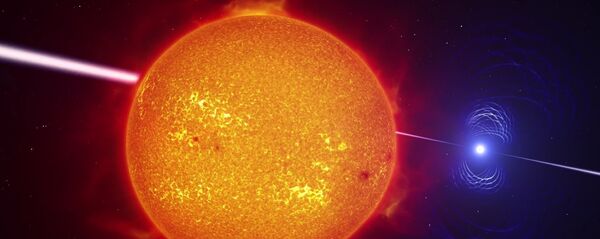And while NASA’s Chandra mission has previously been able detect the holes contributing to what astronomers refer to as the cosmic X-ray background, new data recently supplied by the space agency's Nuclear Spectroscopic Telescope Array (NuSTAR) has allowed for the first time to pinpoint a significant number of black holes that actually emit the high-energy X-rays – the most 'high-pitched voices' in that space 'chorus.'
"We can see the most obscured black holes, hidden in thick gas and dust," Fiona Harrison, Benjamin M. Rosen Professor of Physics and Astronomy at California Institute of Technology and the principal investigator of NuSTAR, said.
The results obtained by the scientists will hopefully help understand how black holes' growth patterns change over time, which us one of the key factors in the development of these celestial bodies and their host galaxies.


